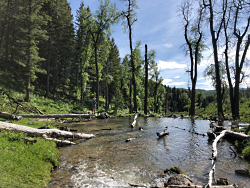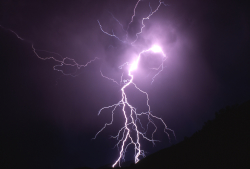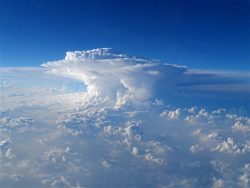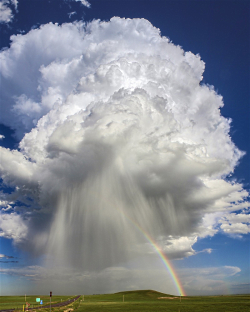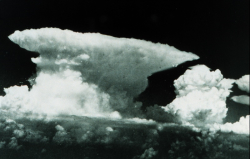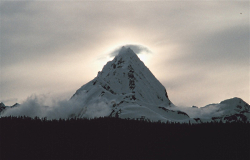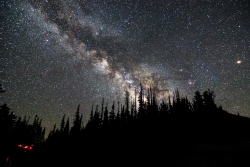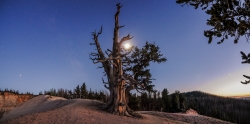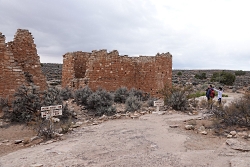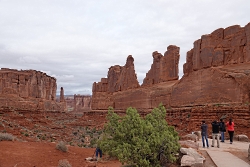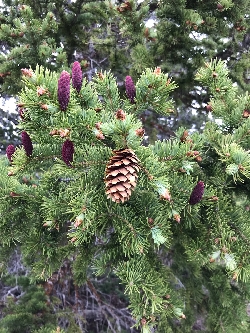
Courtesy & © Shannon Rhodes, Photographer
Utah has inspired writers to notice and wonder for centuries. Father Escalante described Utah’s geography, ecology, and native people he encountered in his 1776 travel diary, and a decade before, Juan Maria Antonio de Rivera was writing in his own nature journal as he searched for silver ore and a way to cross what we now call the Colorado River. We can gaze at the many petroglyph and pictograph panels detailing deer, bison, bighorn sheep, and interesting beings sprinkled throughout this state, including my favorite Head of Sinbad in the San Rafael Swell, that have survived the environmental and human efforts to alter or erase.
John Wesley Powell captured his nature experience this way: “We are three-quarters of a mile in the depths of the earth, and the great river shrinks into insignificance, as it dashes its angry waves against the walls and cliffs, that rise to the world above; they are but puny ripples, and we but pygmies, running up and down the sands, or lost
among the boulders….How beautiful the sky; how bright the sunshine; what “floods of delirious music” pour from the throats of birds; how sweet the fragrance of earth, and tree, and blossom!”
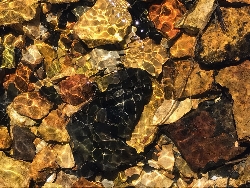
Courtesy & © Shannon Rhodes, Photographer
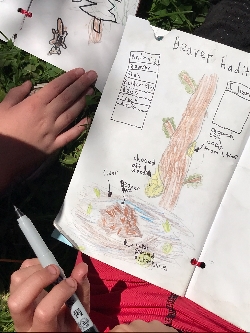
Courtesy & © Shannon Rhodes, Photographer
them notice, wonder, and then record in words and sketches the Utah that speaks to them the most clearly. It is true, as Pamela Poulsen wrote in her foreword to Claude Barnes’s chronicles of the Wasatch Range through the seasons, that “nature divulges its innermost secrets only to them who consistently tread its by-paths.” I’ve found that the longer I sit with pen and paper, the more seems to happen, or at least the more I notice and wonder.
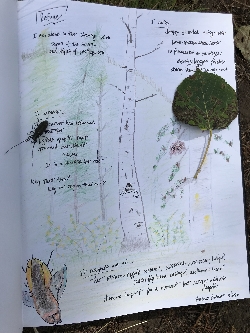
Courtesy & © Shannon Rhodes, Photographer
Cumulus clouds, too.
Shadows shift,
squirrels scurry.
Winged visitors land on my pages,
tasting my sketches,
testing my adjectives,
begging me to dig deeper
through the Douglas fir cones
and caddis fly larva casings
to find the magical secrets that
capture
why I am Shannon Rhodes
who is Wild About Utah.
Credits:
Images: Courtesy & Copyright Shannon Rhodes, Photographer
Audio: Courtesy & © Kevin Colver https://wildstore.wildsanctuary.com/
Text: Shannon Rhodes, Edith Bowen Laboratory School, Utah State University https://edithbowen.usu.edu/
Additional Reading Links: Shannon Rhodes
Additional Reading:
Barnes, Claude T. The Natural History of a Mountain Year: Four Seasons in the Wasatch Range.
University of Utah Press, Salt Lake City, Utah. 1996. https://www.amazon.com/Natural-History-Mountain-Year-Seasons/dp/0874804744
Online Version, Digitized by Google, Original within the Cornell Library https://babel.hathitrust.org/cgi/pt?id=coo.31924003085440&view=1up&seq=10
Becker, R. “Modern Wanderings Along the Waterpocket Fold,” Utah Historical Quarterly,
Vol. 83, no. 4, 2015. https://issuu.com/utah10/docs/uhq_volume83_2015_number4/s/10433654
Jones, S. “Early Explorers: Lake Legend, Quest for Silver, Brought First White Man to Area 231
Years Ago.” Deseret News, October 20, 1996. https://www.deseret.com/1996/10/20/19272182/early-explorers-lake-legend-quest-for-silver-bro
ught-1st-white-man-to-area-231-years-ago
Powell, J. W. “Down the Colorado: Diary of the First Trip through the Grand Canyon, 1869,” in Paul
Schullery, ed., The Early Grand Canyon: Early Impressions (Niwot: Colorado Associated University Press,
1981). https://www.paulschullery.com/the_grand_canyon__early_impressions_119197.htm
Rhodes, Shannon, Wild About Nature Journaling, Wild About Utah June 22, 2020, https://wildaboututah.org/wild-about-nature-journaling/

